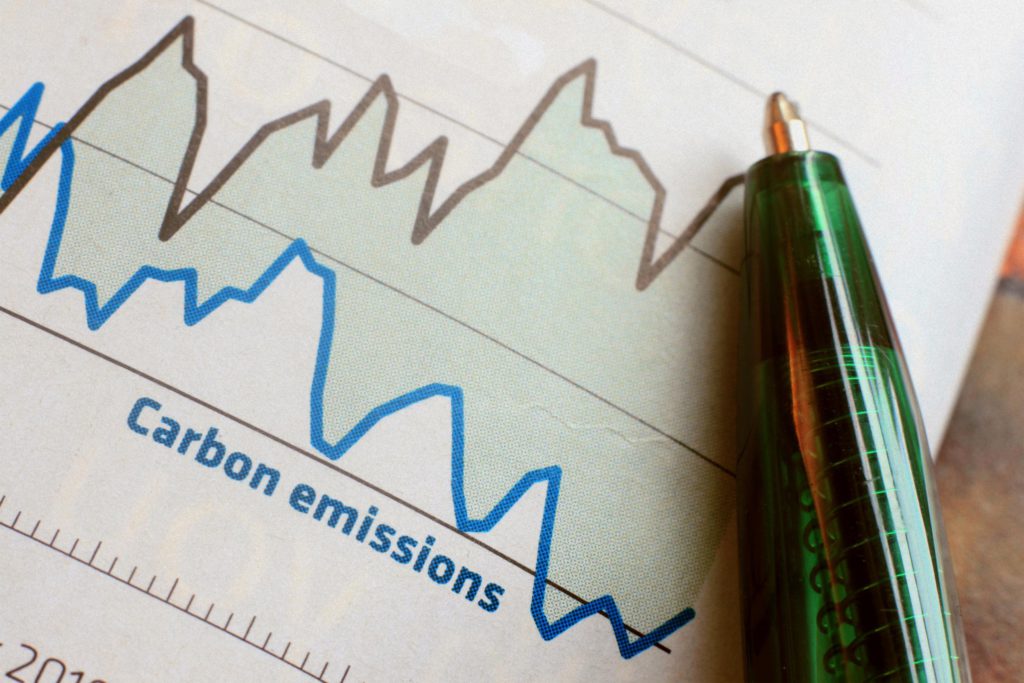Year in review 2019: Emissions
02 January 2020

2 January 2020
Diesel is no longer a vilified fuel in Europe’s automotive industry and petrol is coming under increasing pressure as European CO2 emissions targets cause problems for carmakers. The collapse of the diesel market has exposed the problem of petrol vehicles when it comes to pollution and the introduction of WLTP has made things even worse.
New testing
At the end of 2018, the European Commission announced plans to reduce CO2 targets by 15% for 2025, and 37.5% by 2030. These figures will be based on the 95g/km average that carmakers need to achieve by 2021. A fine of €95 per gramme of CO2 over this target, multiplied by the number of cars sold in 2020 and 2021, will apply to those who miss this target.
Daimler highlighted the problem in February, announcing that pollution levels in Europe for the Mercedes-Benz Cars division rose by 7% during 2018, due in part to the more stringent WLTP test procedure introduced in September of that year for all models sold on the continent.
Due to the Dieselgate scandal in 2015, stricter WLTP testing was introduced. This replaced the NEDC laboratory test and also featured a real-world driving emissions (RDE) component. This has caused average emissions readings to rise across the industry.
The new regime, together with a shift in consumer taste towards heavier SUV models and the decline in diesel sales, pushed average fleet emission levels at Daimler’s Mercedes-Benz and Smart passenger car business to 135 grams of CO2 per kilometre (g/km) in Europe in 2018, up from 125 grams in 2017.
Loophole closed
The European Commission was forced to tighten the WLTP regime for new cars after claims that manufacturers were cheating tests to increase CO2 levels.
The Commission uncovered that carmakers were turning on functions during tests that increased emissions in the run-up to the introduction of the WLTP tests on 1 September 2018. Vehicles would therefore burn more fuel and emissions would increase. By artificially increasing their CO2 output, automakers hoped to weaken future reduction targets.
In March, the Commission announced it would appeal a decision in the European Court to cut the grace period that carmakers have to comply with real-world emissions to just one year.
The introduction of such testing came in the wake of the Dieselgate scandal and left carmakers struggling to meet the EU’s NOx limit of 80mg per kilometre. Therefore, governments agreed in 2016 to give manufacturers more leeway to comply, with the goal of bringing them into line by 2023.
Carmakers have warned that should the ruling stand, as many as 7.5 million cars slated for production would not be able to meet the real-world emissions tests should the limit be restricted to 80mg in the proposed timeframe.
Better planning
Average CO2 emissions from new cars were 118.5 grams of CO2 per kilometre in Europe in 2017, up 0.4% compared to 2016. In the UK, fleet average CO2 rose for a second successive year, by 2.9% to 124.5g/km. This is despite the investment by manufacturers in more efficient cars, including EVs, with the average new or updated model emitting 8.3% less CO2 than those they have replaced.
′All car manufacturers continue to invest strongly in their portfolios of alternatively-powered cars, most notably electric ones,’ former European Automobile Manufacturers Association (ACEA) secretary general Erik Jonnaert explained. ′However, the reality is that consumers are not rushing to buy these vehicles in large numbers.’
In 2018, there were some 150,000 public charging points for electric cars available in the EU. At least 2.8 million will be needed by 2030, according to conservative estimates by the European Commission. That translates to almost a 20-fold increase.
Pooling resources
In April, Fiat Chrysler Automobiles (FCA) announced it is paying US electric vehicle (EV) manufacturer Tesla to pool its emissions figures in Europe.
The move would bring FCA’s average CO2 emissions down by offsetting the company’s petrol and diesel vehicles from Fiat, Jeep, Alfa Romeo and Maserati against the zero-emission outputs of Tesla’s EVs. This would help the manufacturer avoid a large penalty under the 2021 CO2 targets.
FCA’s merger with PSA Group is expected to be confirmed in 2021, meaning that Tesla’s credits will help the company before its figures are mixed with those of the French carmaker.
Tough times
Following the installation of a new European Commission following elections earlier in the year, the potential for 2030 targets to be even stricter emerged.
Under its ′European Green Deal‘ the Commission, which began work on 1 December following elections earlier this year, is looking to ′ensure a clear pathway from 2025 onwards towards zero-emission mobility.’
Commission President Ursula von der Leyen has put climate action at the top of her legislative agenda for the next five years.
By June 2021, the Commission will propose to revise legislation on CO2-emission standards set for 2030. These currently stand at a 37.5% reduction on 2021 levels, which means a reduction from the average 95g/km of CO2 across a manufacturer’s fleet to 60g/km.
There is no mention of the 2025 target of a 15% reduction on 2021 levels in the report, and it is unknown whether this too may be investigated alongside the 2030 proposals.